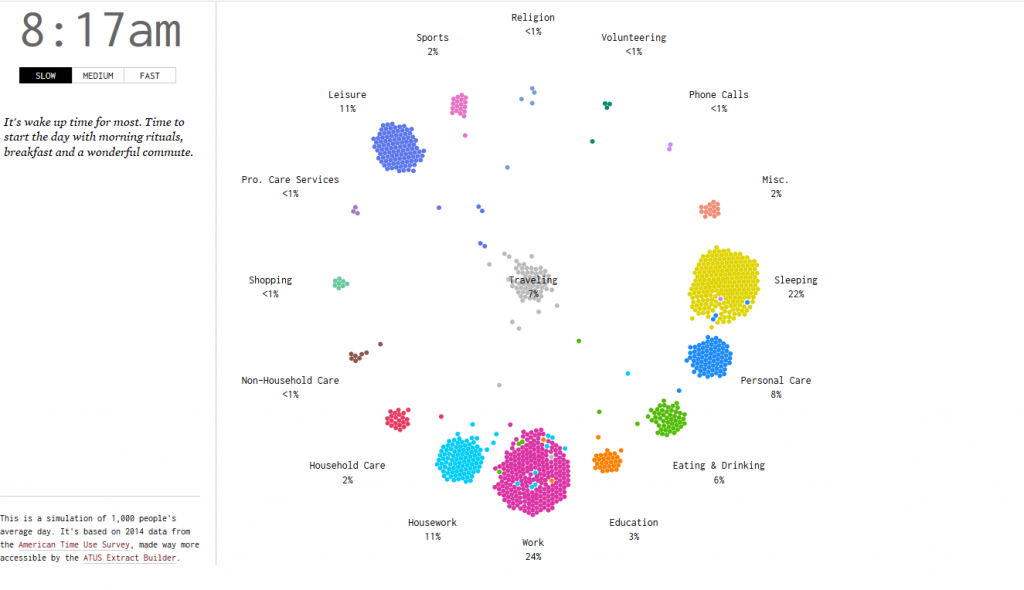I’ve been a happy user of CircleCI at multiple companies. Right now we pay them at The Food Corridor and they handle almost all our deployments. (I still deploy to production manually.)
We just got a note that they are shutting down their 1.0 offering and will not support it as of Aug 2018. The 2.0 offering was announced in 2016 and generally available in 2017. So, there will be about one year of overlap. Not too long.
I understand that desire to move forward.Trust me, I do.
I don’t know how much engineering effort it takes to support the two versions, but my guess is that they’ll see some significant customer loss from this. Why? CI is something that you just want to work. You don’t want to think about it. Which is why a SaaS solution makes so much sense. I am happy to just keep paying them month after month for their excellent product.
But, if I have to take some cycles to move from CircleCI 1.0 to CircleCI 2.0, why wouldn’t I take some time and evaluate other solutions too? I assume they’ve run the numbers and the amount of money it takes to support 1.0 must be more than the amount they will lose via churn.
AWS does a good job of this–they never deprecate anything (you can still set up SimpleDB if you want). They just hide it, make other offerings better, and make older offerings more expensive.
In fact, if I were CircleCI, I might offer a ‘legacy’ CircleCI 1.0 plan, where people with significant investments in the older infrastructure can pay more for access to that old codebase. Depending on the amount of support required, that might be some significant free money.
Relatedly, Amy Hoy has a great post on how to get your customers to pay you more money.

